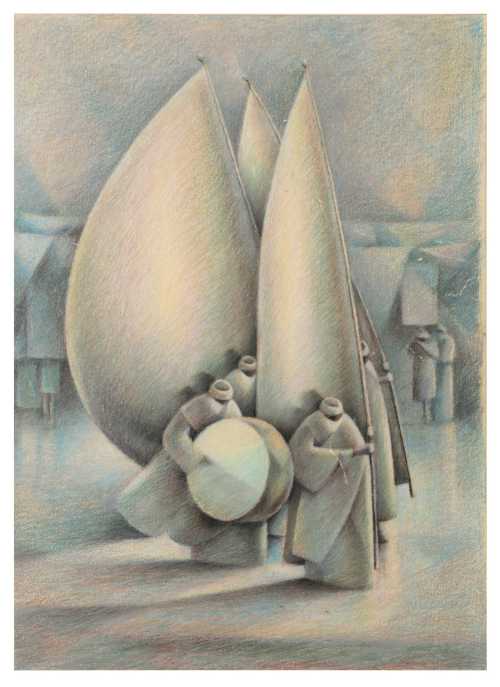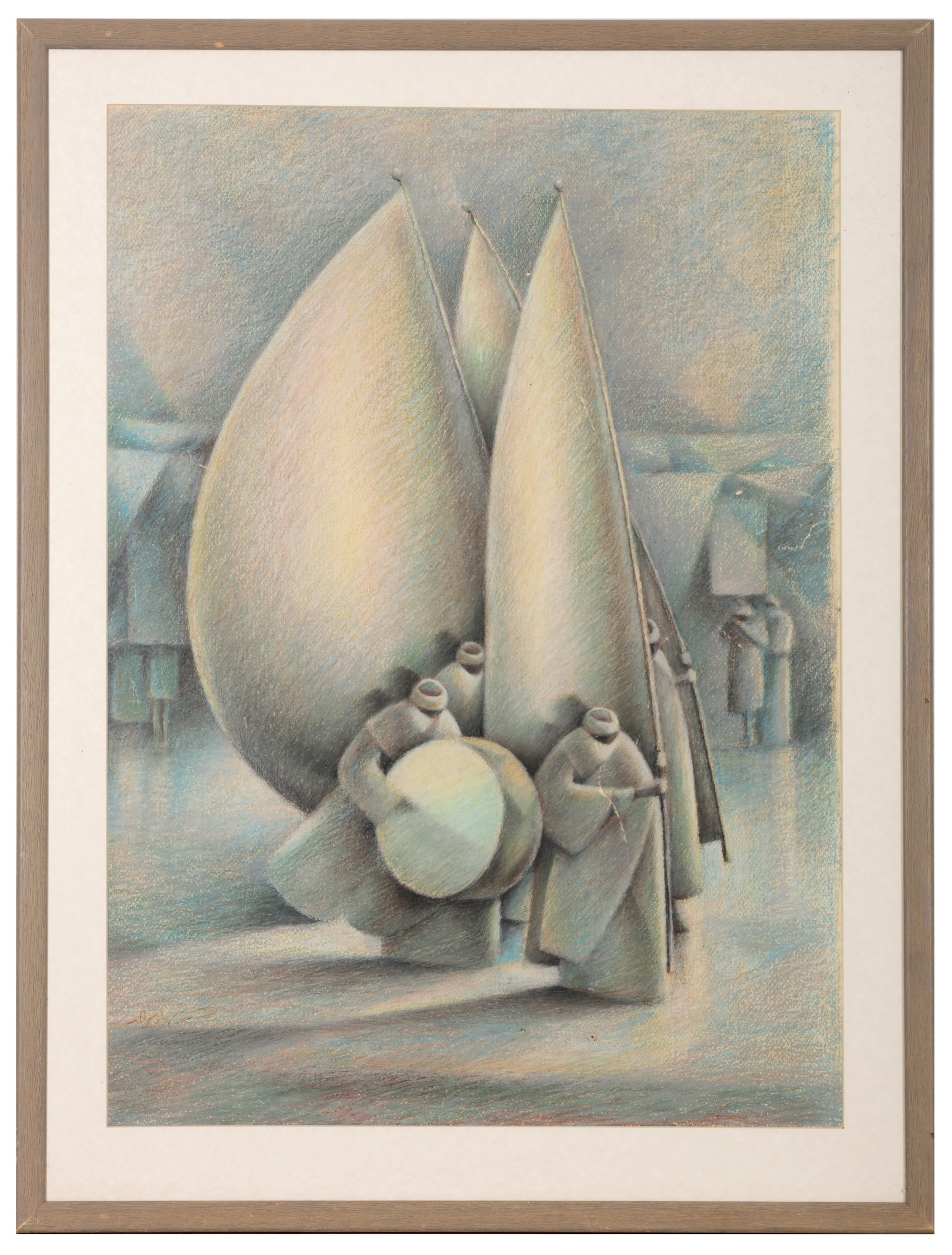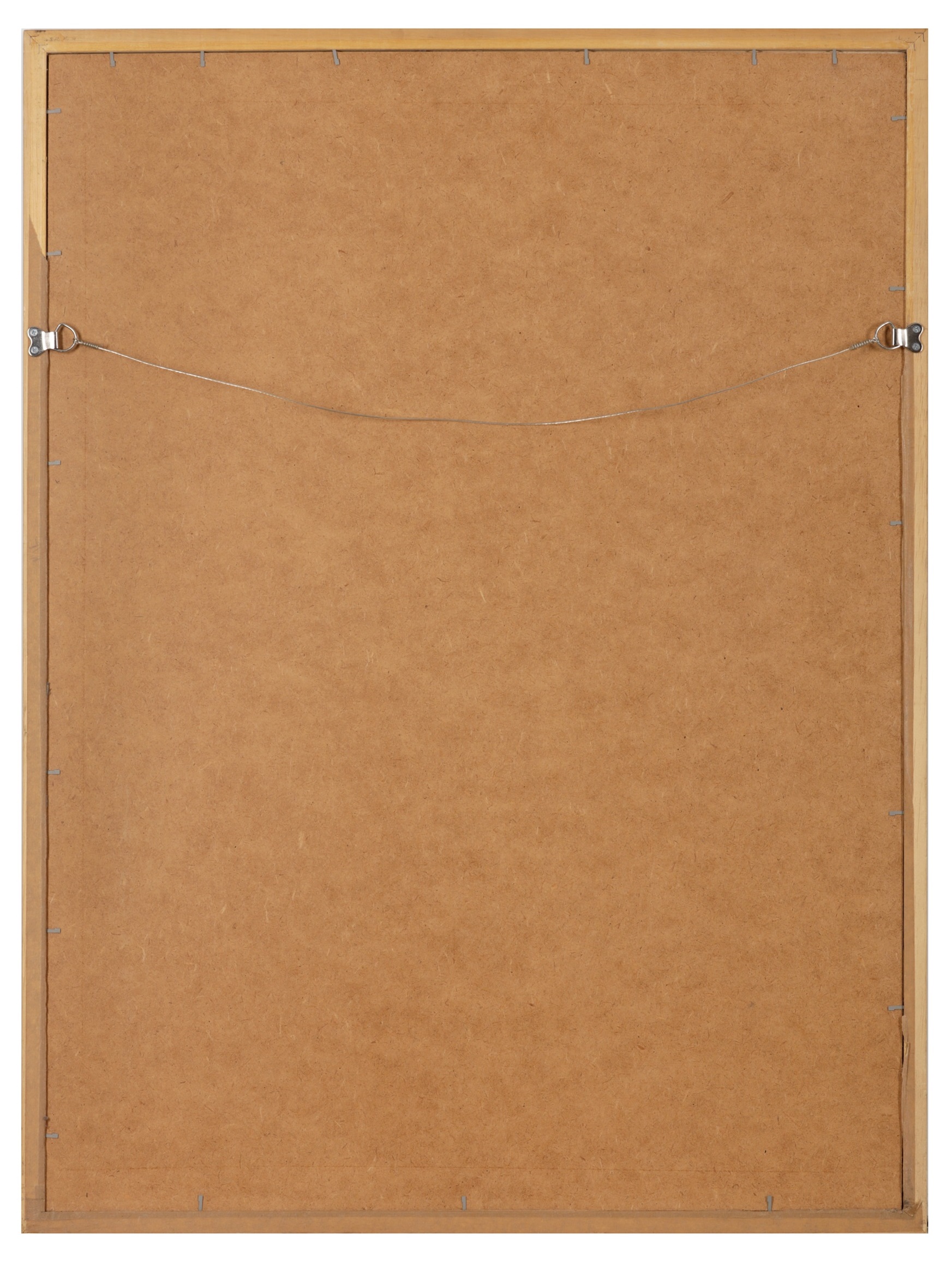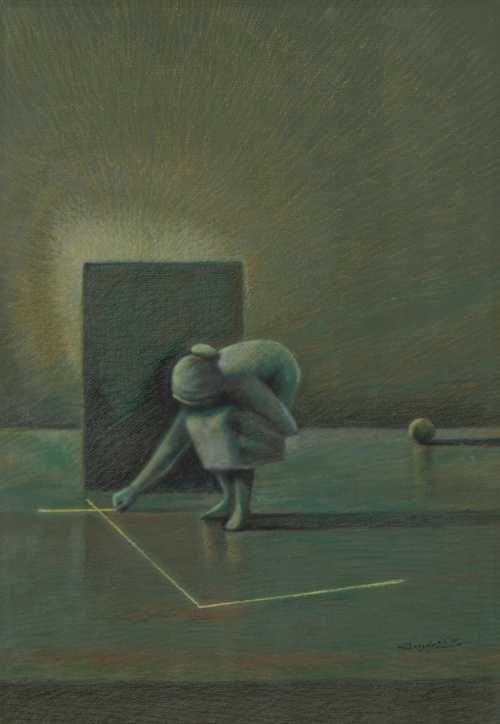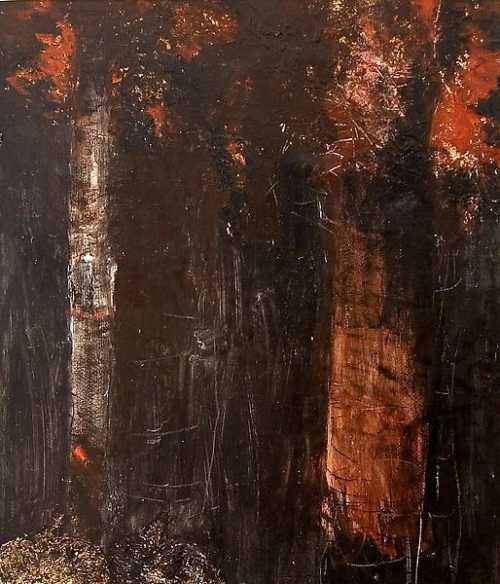- The Procession
- Pastel on Paper
- Painting
- 54 * 75 cm
- signed in Arabic Sayed Saaed El Din (lower left), together with a section of the former backboard inscribed in Arabic name Sayed Saaed El Din / name the procession / material oil pastel
Framed
31 March 2022
Estimation
£3,000
3,948 USD
-
£4,000
5,265 USD
Realized Price
£9,375
12,339 USD
167.857%
Artwork Description
Born in 1944, Sayed Saad el-Din was raised and schooled in Qena in Upper Egypt. After enrolling in the Faculty of Engineering in Minya, he soon realised that his passion lay in fine art-making. He consequently left Minya at the age of 17 and headed alone to Cairo, where he began his formal art studies at the Leonardo Di Vinci Institute, under the mentorship of modernist painter Sayed Abdel Rassoul.
The present work depicts the ancient Egyptian Tahtib procession, a traditional stick fighting martial art, which later evolved into a folk dance with a wooden stick, or as ritual mock combat accompanied by music. It is mainly practiced today in Upper Egypt and is regularly performed for tourists in Luxor and Aswan. The stick used in tahtib is about four feet in length and is called an asa, asaya, assaya, or nabboot. It is often flailed in large figure-eight patterns across the body with such speed that the displacement of air is loudly discernible.
Realized Price
10,461 USD
Min Estimate
4,210 USD
Max Estimate
5,985 USD
Average Artwork Worth
+110.729%
Average Growth of Artwork Worth
Sales Performance Against Estimates
Average & Median Sold Lot Value
2020 - 2024
Performance vs. Estimate
2020 - 2024
Sell-through Rate
2020 - 2024
Similar Artworks
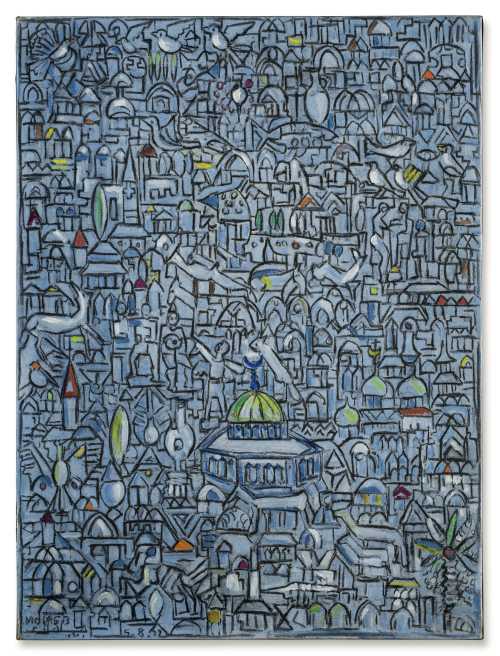
Jerusalem
Estimation
£5,000
6,560 USD
-
£7,000
9,184 USD
Realized Price
£8,190
10,745 USD
36.5%
Sale Date
Christie's
-
4 November 2024
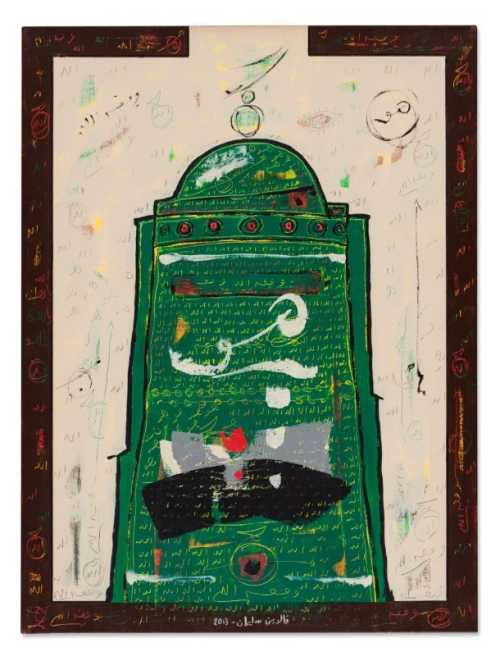
Ascension II
